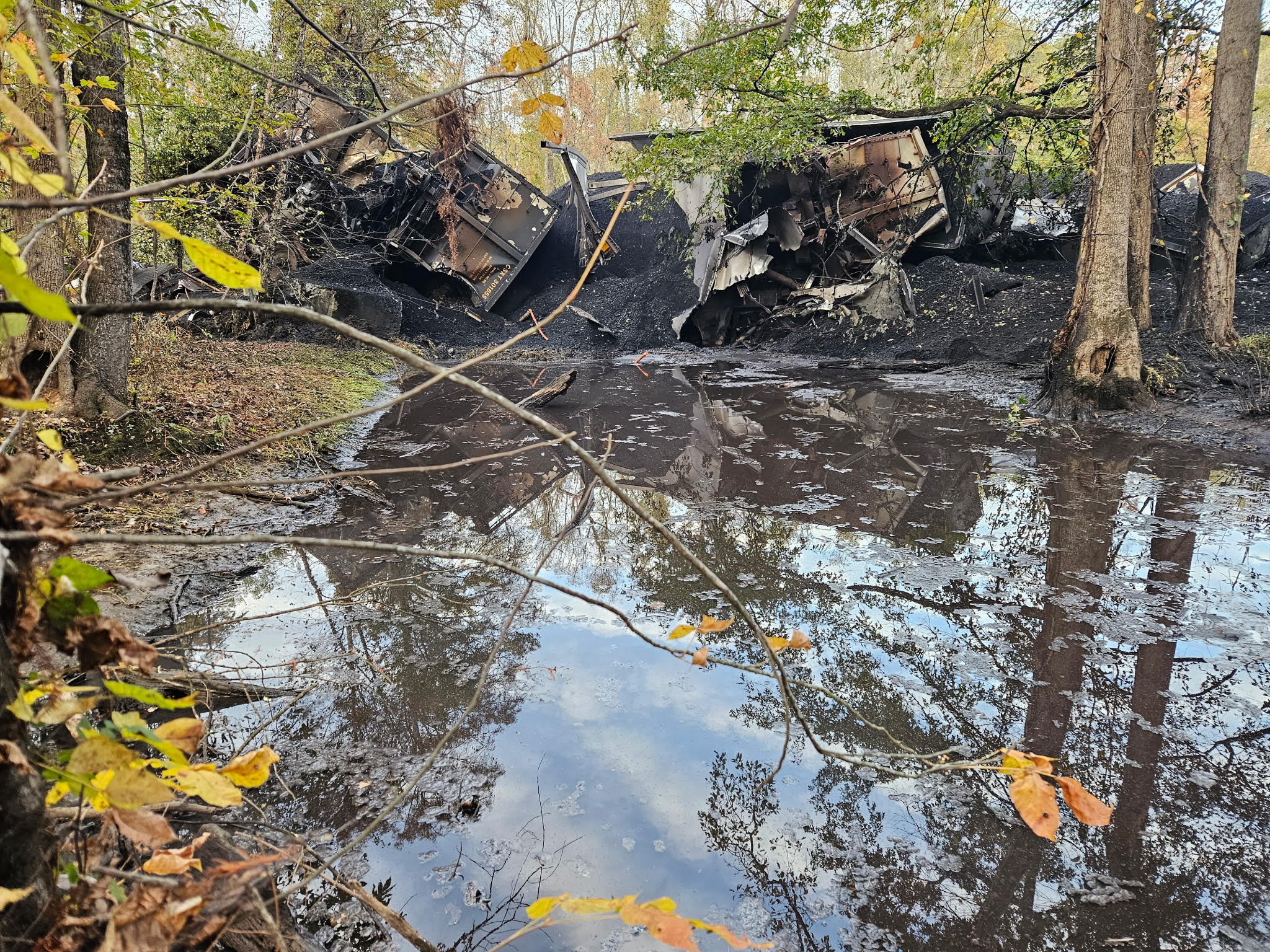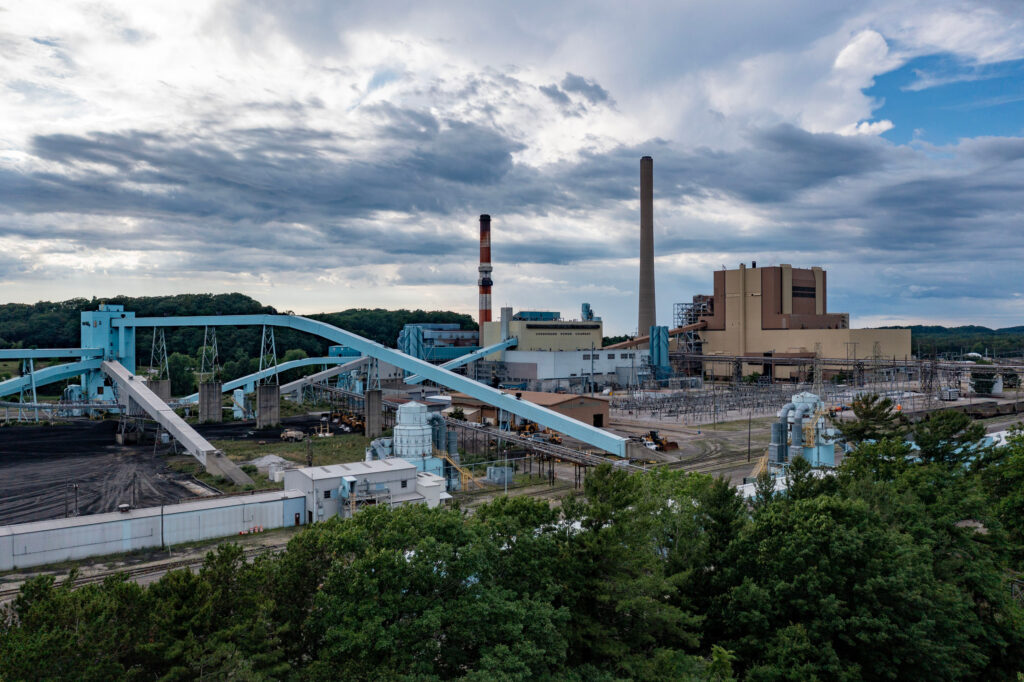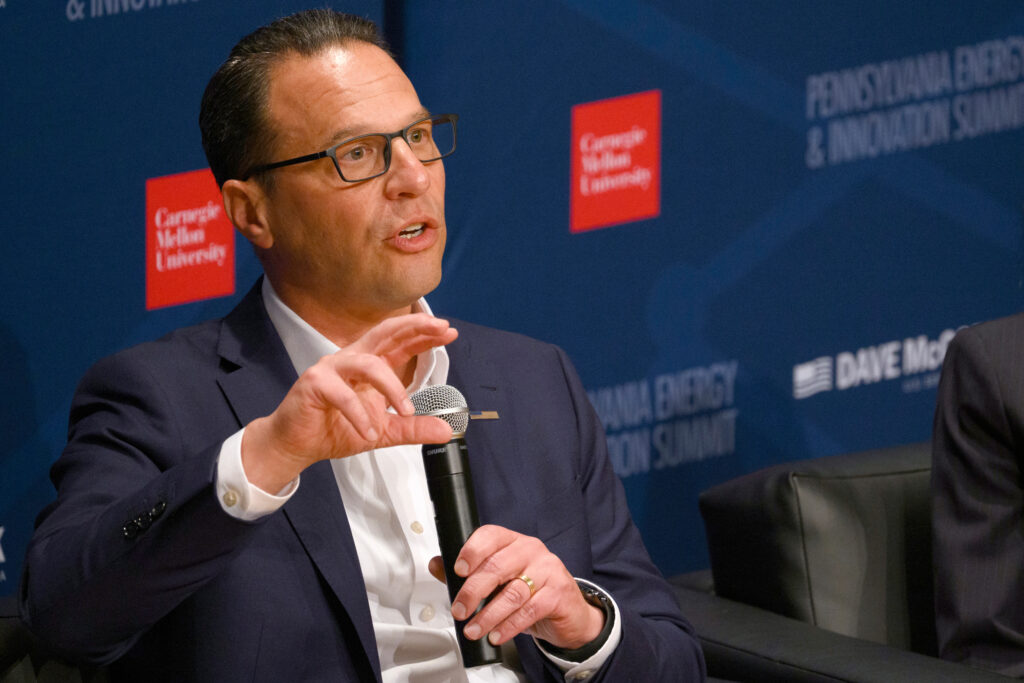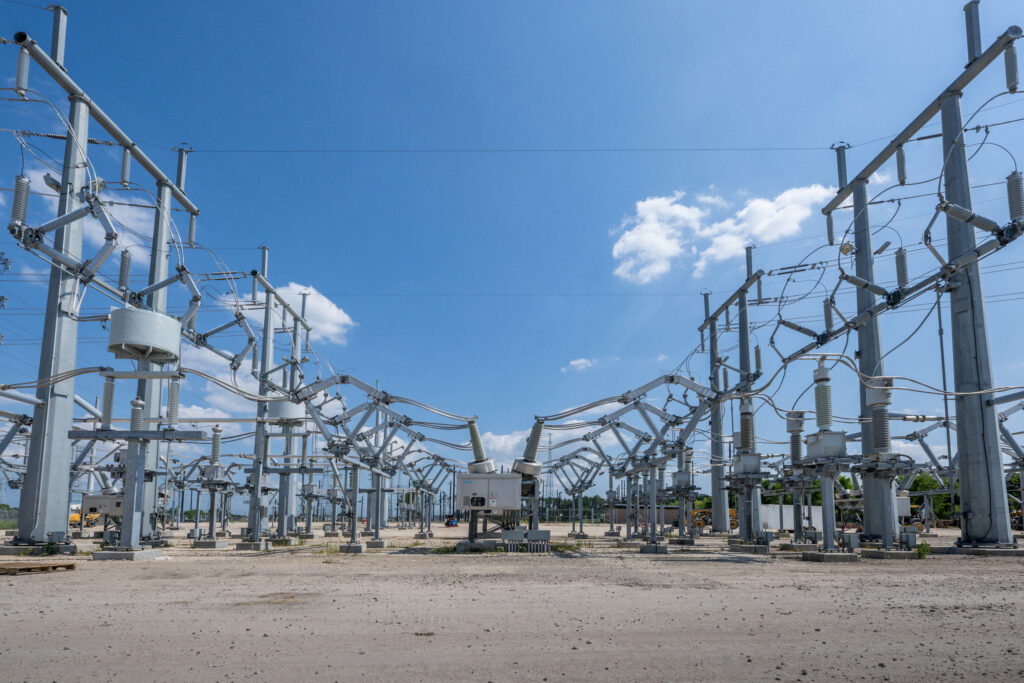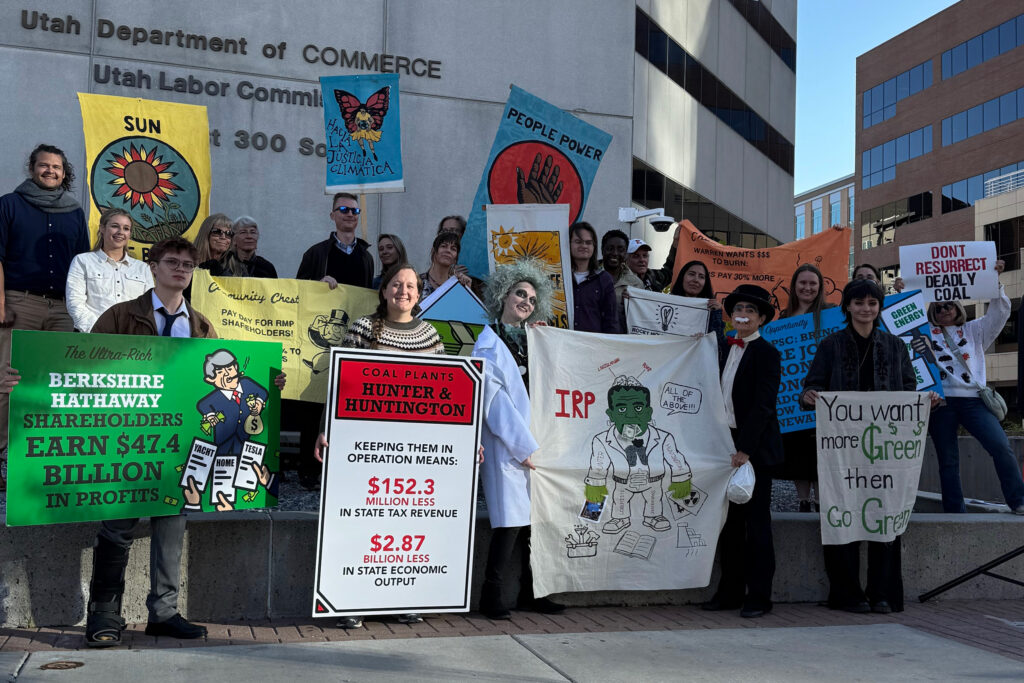PECOS, Texas—Extreme drought has diminished the flows of the Rio Grande and Pecos River, two of the most iconic waterways in Texas.
The advocacy group American Rivers recently named the Lower Rio Grande one of its most endangered rivers, describing a “near-permanent human-induced megadrought threatening all life that depends on it.” On the Pecos River, there hasn’t been enough water to distribute to irrigation districts below the Red Bluff Reservoir in recent years.
While farmers and cities face increasing water scarcity, oil and gas companies use billions of gallons of water from these rivers annually. An exclusive Inside Climate News analysis found that drillers used over 31,000 acre feet, or more than 10 billion gallons, of Rio Grande water for drilling and fracking operations in the Eagle Ford Shale between 2021 and 2024.
That’s enough water to meet the needs of 113,500 Texas households for an entire year, based on average daily use of 246 gallons per household. At the Red Bluff Reservoir on the Pecos River, Daniel Arrant of Kingsley Water Company reports to have sold more than 75 million barrels of water, or more than 4 billion gallons, for oil and gas operations since 2016.
Numerous Texas oil and gas companies have made voluntary commitments to reduce their freshwater use and shift to brackish or recycled water for use in fracking for oil and gas. But the water sales, like those reported by Arrant of the Kingsley Water Company, show that oil and gas drilling is still reliant on surface water from Texas rivers.
Surface water sold for drilling and fracking is categorized as “mining” consumption under Texas law. Pumping water underground to drill or frack a well often permanently removes it from the natural hydrologic cycle, given the presence of chemical fracking fluids and natural toxins like arsenic following its use in the extraction process for oil or gas.
Inside Climate News obtained Rio Grande water data from the Texas Commission on Environmental Quality (TCEQ) through a public information request. Kingsley Water Company, an oil field water services firm based in The Woodlands, a Houston suburb, was the top user of Rio Grande water for oil and gas drilling, followed by SM Energy Company, Segundo Navarro Drilling and Select Water Solutions.
Between the Rio Grande and the Pecos River, Kingsley has sold enough water for drilling to meet the needs of more than 100,000 Texas households for a year. Kinglsey and Arrant did not respond to multiple requests for comment.

State Rep. Vikki Goodwin criticized Apache Corp. for buying water from the Pecos River when, she says, recycled ”produced water” from fracking was available. Inside Climate News independently confirmed the water purchase.
“Investments in projects to clean up and recycle frack water will dry up if oil companies don’t opt to use the recycled water,” Goodwin, a Democrat who represents Travis County, said. “My hope is we don’t wait until too late to make better decisions about our water resources in Texas.”
A spokesperson for Apache, headquartered in Houston, said the company “minimizes the use of fresh water” and is using “non-fresh, non-potable” water for fracking its [oil or gas] wells in Loving County near the reservoir.
Eagle Ford Drillers Tap Rio Grande
Tributaries in Mexico feed the Rio Grande in South Texas. But with Mexico behind on water deliveries to the United States, tensions on the river are high. The Amistad Reservoir, where water delivered by Mexico is stored, hit a historic low in July 2024.
Extreme drought in counties like Webb and Maverick, according to the U.S. Drought Monitor, is compounding the problem. Groundwater springs and tributaries are feeding less water into the river. Flows have decreased on the Rio Grande by more than 30 percent in recent decades.
The Rio Grande is the sole source of drinking water for the city of Laredo in Webb County. Because of the drought Laredo has asked residents to reduce water use for several consecutive years. Planners are considering costly alternative water sources to prepare for the day, projected to come around 2040, when the Rio Grande won’t be enough to supply the city.


Agriculture consumes the lion’s share of Rio Grande water, followed by municipal use. While groundwater is the primary source for oil and gas drilling, several companies still consume substantial volumes of surface water from the river. Webb County is at the heart of the fracking boom that took off in South Texas’ Eagle Ford Shale formation in 2010. The Eagle Ford Shale is now consistently one of the top three oil-producing basins in the country.
Inside Climate News found that between 2020 and 2024, Kingsley Water Company used 12,363 acre feet of Rio Grande water, SM Energy used 11,379 acre feet, Segundo Navarro used 3,979 acre feet and Select Water used 3,776 acre feet. An acre foot is the amount of water needed to cover one acre of land to a depth of one foot, or 325,851 gallons. The companies did not respond to requests for comment.
Rio Grande water rights are overseen by the TCEQ Rio Grande Watermaster. Water rights are adjudicated by the state and then can be bought and sold by private parties. Rights holders are allowed to divert a pre-approved amount of water at a specific location. Most of these rights are held by cities, farmers and irrigation districts. Oilfield companies hold a small number.
Kingsley Water Company is a subsidiary of Kingsley Constructors, headquartered in The Woodlands. In 2011, Daniel Arrant “led the purchase and permitting” of the Rio Grande water rights, according to the website of Voyager, the Houston private equity firm where he is a partner. Arrant entered contracts to re-sell the water to operators completing wells in the Eagle Ford Shale. These deals have sold more than 235 million barrels, or 9.87 billion gallons, of Rio Grande water, according to the Voyager website.
Select Water Solutions, headquartered in Gainesville, Texas, also re-sells Rio Grande water to drilling companies. The company’s 2023 sustainability report states that it places “the utmost importance on safe, environmentally responsible management of water.”
Select Water Solutions reported selling a larger share of recycled water each year between 2020 and 2023. But the total volume of freshwater sold also increased in 2023 to a four-year high of over 97 million barrels, or more than 4 billion gallons.
SM Energy, a Denver-based independent exploration and production company, does not have public sustainability targets for minimizing water use and protecting water quality. Neither does San Antonio-based Segundo Navarro Drilling, a subsidiary of Lewis Energy Group.
TCEQ does not collect data on how oil and gas companies use the surface water they purchase. Drilling, well completion and fracking are all different steps in the lifecycle of a well that require water.
TCEQ spokesperson Ricky Richter said that between 2009 and 2023, annual surface water use for mining, which includes oil and gas operations, averaged 40,000 acre feet statewide, or about 13 billion gallons. TCEQ defines “mining” use as “water for mining processes including hydraulic use, drilling, washing sand and gravel, and oil field repressuring.”
Martin Castro, watershed science director at the Rio Grande International Study Center (RGISC) in Laredo, analyzed water use in oil and gas operations for a 2021 report. He found drillers used 19 billion gallons of Rio Grande water between 2010 and 2020.
“Any reductions of the river’s water supply, when coupled with recurring droughts, will have disastrous consequences for Webb County and South Texas,” Castro wrote at the time.
This story is funded by readers like you.
Our nonprofit newsroom provides award-winning climate coverage free of charge and advertising. We rely on donations from readers like you to keep going. Please donate now to support our work.
Donate Now
Inside Climate News’ analysis found slightly higher annual rates of water diversions for oil and gas between 2021 to 2024 than rates noted in RGISC’s report spanning the preceding decade. Castro was concerned that drillers are still using large volumes of Rio Grande water.
“We’re not doing any better than four years ago,” he said.
Castro previously worked for TCEQ and observed water diversions used for fracking. But he said that, without reporting requirements, the true scale is unknown. Castro would like to see TCEQ collect data on how much surface water goes to drilling as opposed to fracking. He has also called on TCEQ to publish Rio Grande water diversion data, which currently is only available through records requests.
“There is no transparency,” he said.
RGISC collaborated with American Rivers in its campaign that named the Lower Rio Grande one of the country’s most endangered rivers. Castro said improving resilience on the river will require thinking outside of the box and increasing investment.
“The only way we’re going to improve conditions on the river is if we make serious federal investments,” he said.
Water rights downstream of Amistad Reservoir on the Rio Grande operate on a priority system, which ensures cities get their share of water during times of scarcity.
“Priority is given to municipal use and municipal priority is guaranteed through a municipal reserve,” said TCEQ spokesperson Laura Lopez. “Water for mining use, as with irrigation and recreational use, is allocated to a water right holder’s account based on available storage in the system.”
Pecos River Water Sold from Red Bluff Reservoir
The Pecos River begins in the mountains of New Mexico and flows through West Texas to meet the Rio Grande. An inter-state compact requires New Mexico to send Pecos River water to Texas, where it is impounded at the Red Bluff Reservoir.
Reduced flows on the Pecos have lowered water levels at Red Bluff. On paper, the Red Bluff Power and Irrigation District, which manages the reservoir, holds rights to 292,500 acre feet a year of water. But it’s been a long time since there was that much water in the reservoir. Red Bluff sat at 65,000 acre feet in early May. Because of the low reservoir levels, Red Bluff is often unable to send water downstream to irrigation districts.


Kingsley secured the mining water right in 2014 for up to 7,500 acre feet of water a year, about 2.44 billion gallons. The Red Bluff district told Inside Climate News that Kinglsey purchased 1,400 acre feet, or over 450 million gallons, in 2024.
District general manager Robin Prewit said the water sales to oil and gas drillers are “a drop in the bucket.” She said that even if the district did not sell water to Kingsley, because of evaporation and transportation losses, there would not be enough water to send to the irrigation districts.
“I’m not having to choose one or the other,” she said.
What she said she could really use is more rain in the Pecos River watershed in New Mexico.
Salinity is another challenge. The water at Red Bluff is salty enough to be considered brackish. Farmers in the area grow salt-tolerant plants. But to be potable for human consumption the water would have to be treated. Apache, which purchased water from Kinglsey early this year, reported using 98.2 percent “nonfresh” water in 2023. Water from Red Bluff would be considered “nonfresh” because of the salinity levels.
Ernest Woodward, a rancher outside McCamey, opposes the water sales for oil and gas drilling. “It should not be,” he said. “It’s for irrigation.”
He gave up farming barley after several years without irrigation water from Red Bluff. “You go to all the labor to get the land prepared, and then you don’t get the water,” he said.
Woodward would like to see water flowing in the river again.
“We don’t have enough water,” he said. “We’re starving.”
About This Story
Perhaps you noticed: This story, like all the news we publish, is free to read. That’s because Inside Climate News is a 501c3 nonprofit organization. We do not charge a subscription fee, lock our news behind a paywall, or clutter our website with ads. We make our news on climate and the environment freely available to you and anyone who wants it.
That’s not all. We also share our news for free with scores of other media organizations around the country. Many of them can’t afford to do environmental journalism of their own. We’ve built bureaus from coast to coast to report local stories, collaborate with local newsrooms and co-publish articles so that this vital work is shared as widely as possible.
Two of us launched ICN in 2007. Six years later we earned a Pulitzer Prize for National Reporting, and now we run the oldest and largest dedicated climate newsroom in the nation. We tell the story in all its complexity. We hold polluters accountable. We expose environmental injustice. We debunk misinformation. We scrutinize solutions and inspire action.
Donations from readers like you fund every aspect of what we do. If you don’t already, will you support our ongoing work, our reporting on the biggest crisis facing our planet, and help us reach even more readers in more places?
Please take a moment to make a tax-deductible donation. Every one of them makes a difference.
Thank you,






